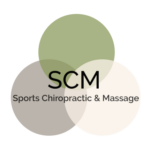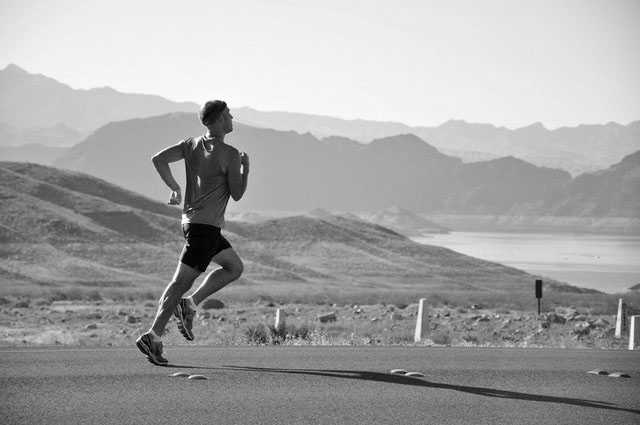Runner’s knee hurts, limits your mobility, makes it hard to get comfortable, and takes forever to heal. The term runner’s knee is sometimes used a bit loosely. It may be used to describe either tendinitis of the Ilio-tibial Band (ITB) tendon where it attaches on the lateral side of the knee. More often it is used to describe patello-femoral syndrome which describes tendinitis and pain related to the patella and its surrounding/supportive structures. Both are caused by repetitive overuse and what may be described as inappropriate stress on the knee.
A wide variety of techniques can be used to address Runner’s Knee including: sports massage, ART, assisted stretching, extremity adjustments, orthotics, and appropriate home care.
1. Running Surface Matters
As we run there is a fair amount of force generated by the impact of our feet striking the ground. Depending of the firmness of the ground, more or less of that force is transmitted up through and absorbed into our bodies. That force is absorbed into our ligaments, tendons, muscles, and ultimately the discs in our backs.
You can think of there being a hierarchy of stress.
- Concrete: Concrete is the worst. It does not have any give. If you are trying to aggravate your back or give yourself shin-splints, go run on concrete.
- Asphalt: Asphalt is better than concrete. There is some space between the particulates and there is a bit of give under your weight, especially when it is warm outside.
- Track: It was made for running.
- Turf/Trail: These are ideal as long as you have good balance & coordination. The natural springiness of the earth is what we were made to run on, and it will absorb a fair amount of force. If your balance is questionable, you may sprain an ankle.
- Sand: This is heaven if you can stand it. It absorbs force, provides resistance, and the shifting surface is great for proprioceptive stimulation (improving balance).
2. Arch Support for Runner’s Knee
Poor arch support is the root of many of the problems that we suffer in the legs, knees, ankles, and feet. You can think of the entire lower extremity as being one big sheet of connective tissue. Inadequate medial arch support causes most people to pronate (feet roll in when walking/running) which rotates the hips and knees putting excess stress on many soft-tissues including the ITB. Excess stress leads to inflammation. Tendinitis literally means inflammation of the tendons.
3. Stretching for ITB Syndrome
The IT Band is the human design flaw. It crosses too many joints for us to stretch it effectively, and it gets tight from just about everything that you do. The list of activities that aggravate the IT Band is extensive: sitting, standing, walking, running, crouching, you get the idea. If you are breathing and not in a half-fetal position, your IT Band is probably getting tight.
The ITB is very hard to stretch (but here’s a good one), but the combination of foam rolling and using a lacrosse ball on the TFL and Glut Minimus is quite effective. If your tendon is already inflamed ice, rest, and kinesio tape go a long way. For chronic ITB issues, you might consider arch support and an ITB strap.
If you find yourself in unrelenting pain, please call your favorite local chiropractor, or sports massage therapist. For more information, please call us at 415-496-0992 or book an appointment online.

